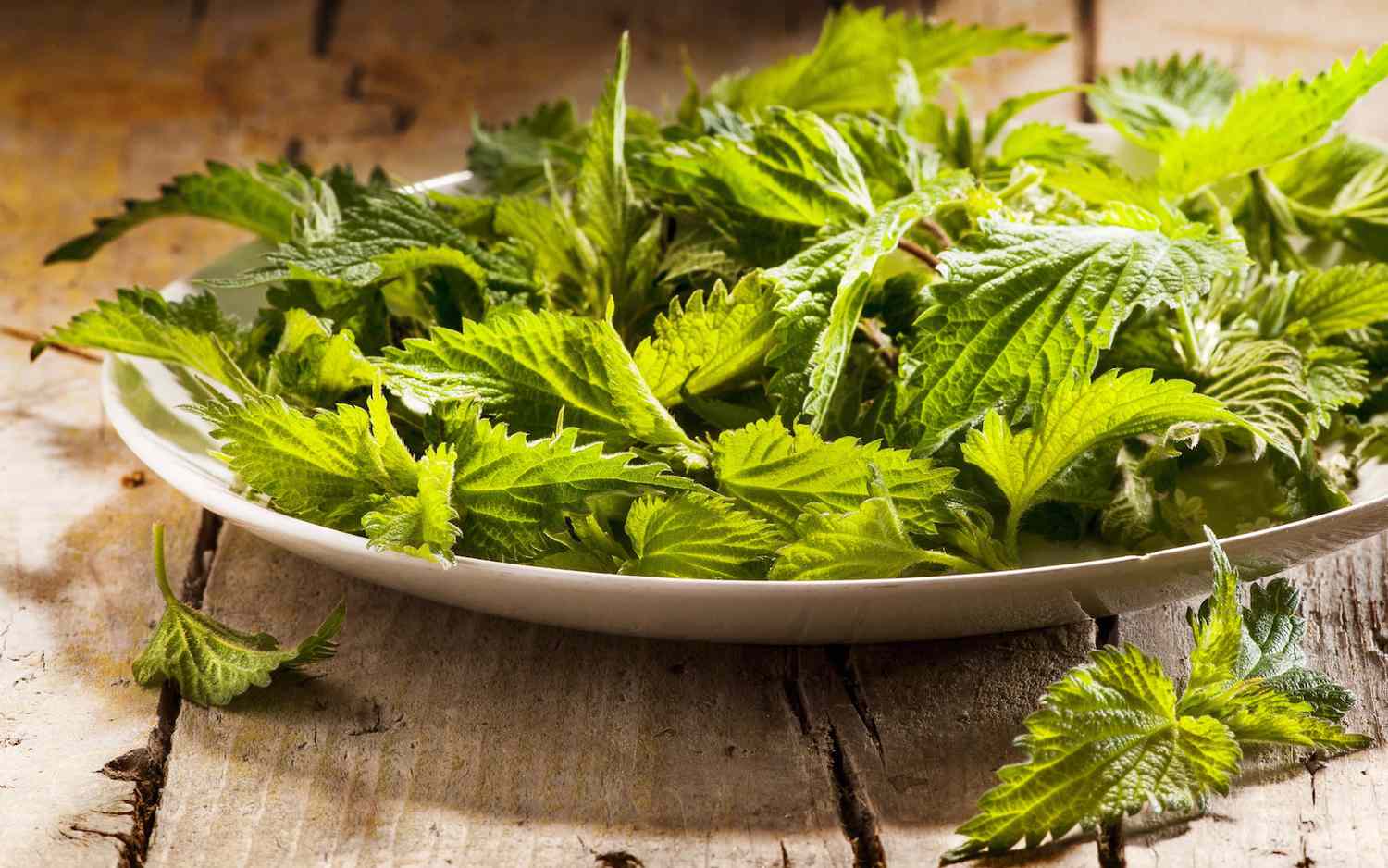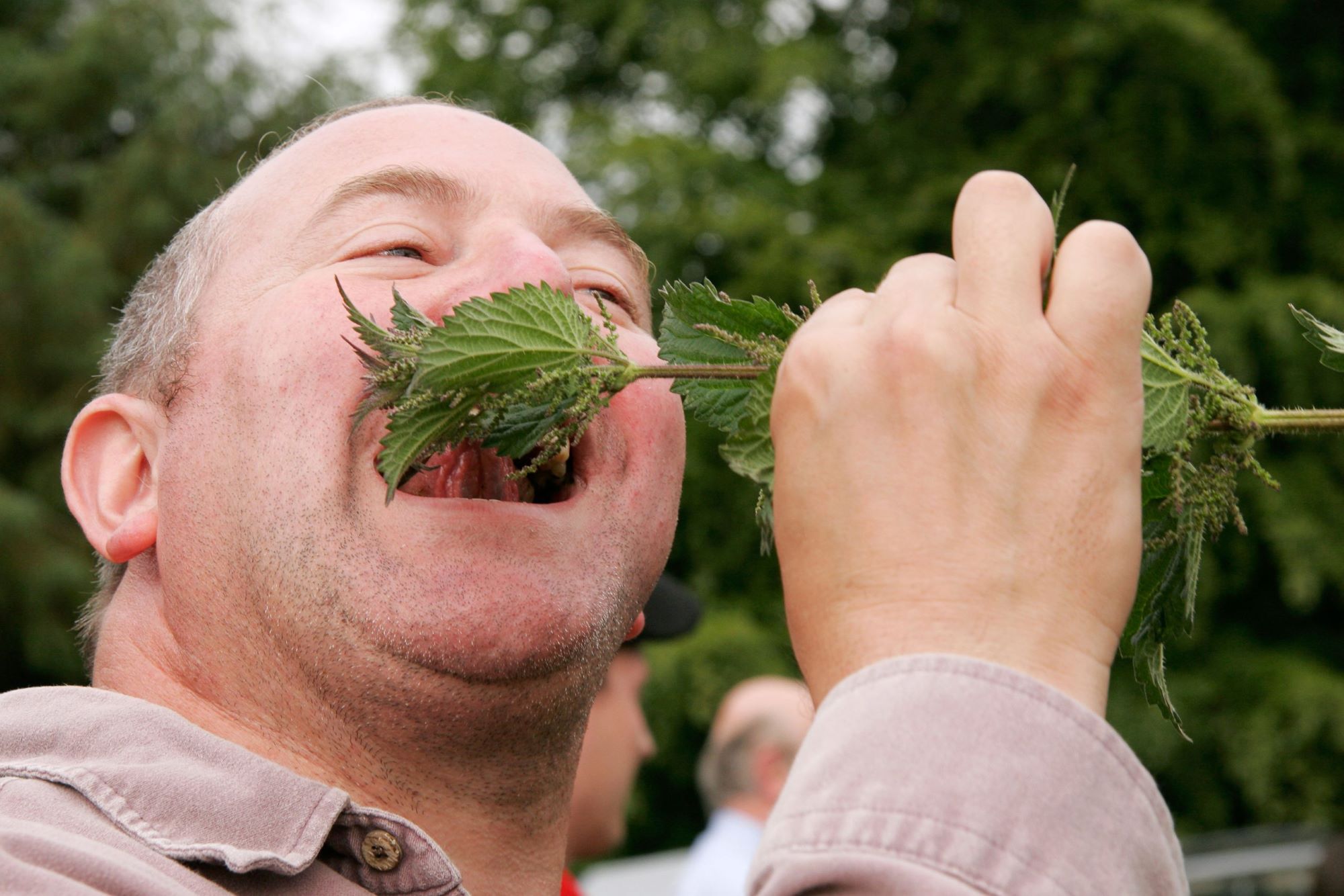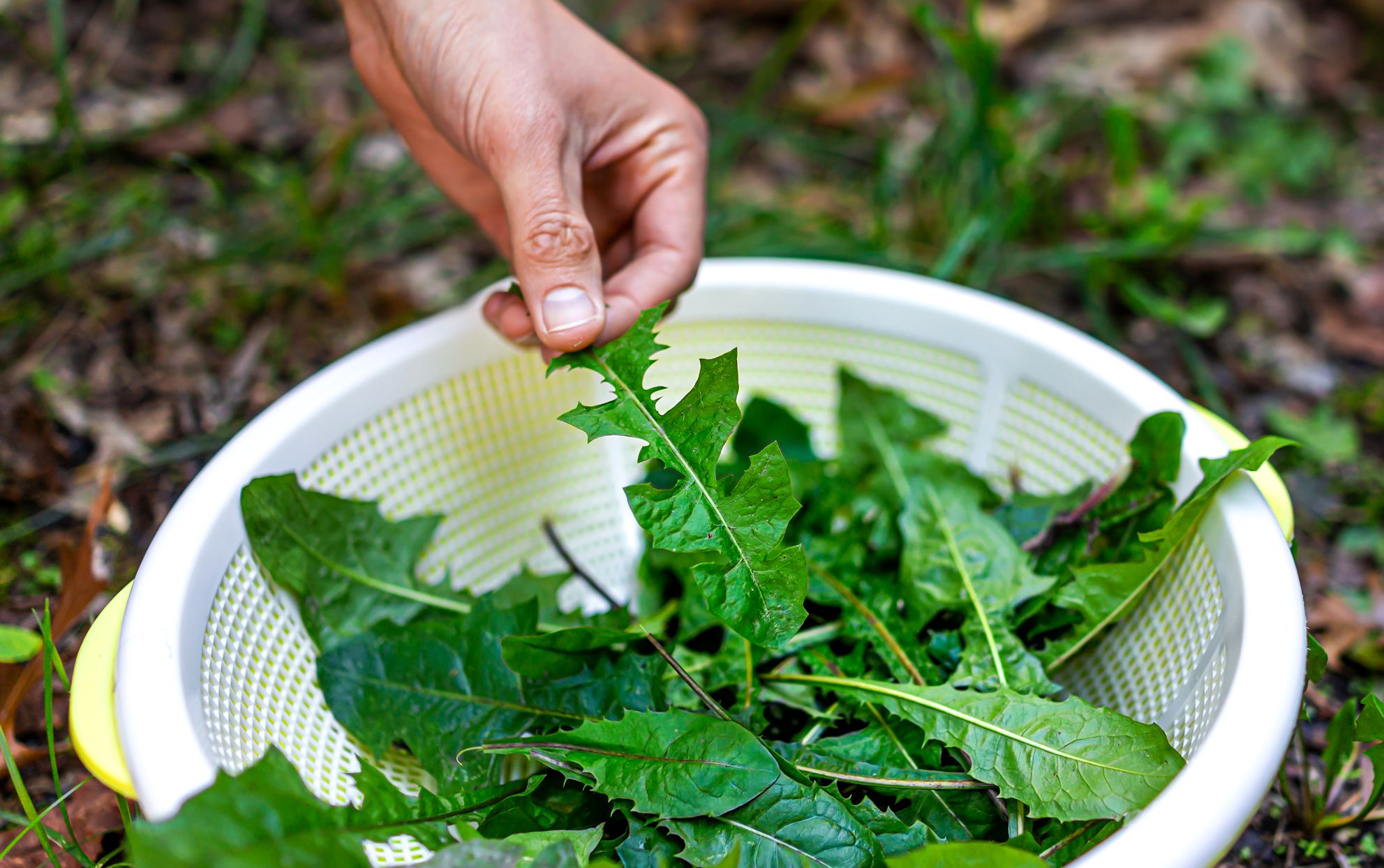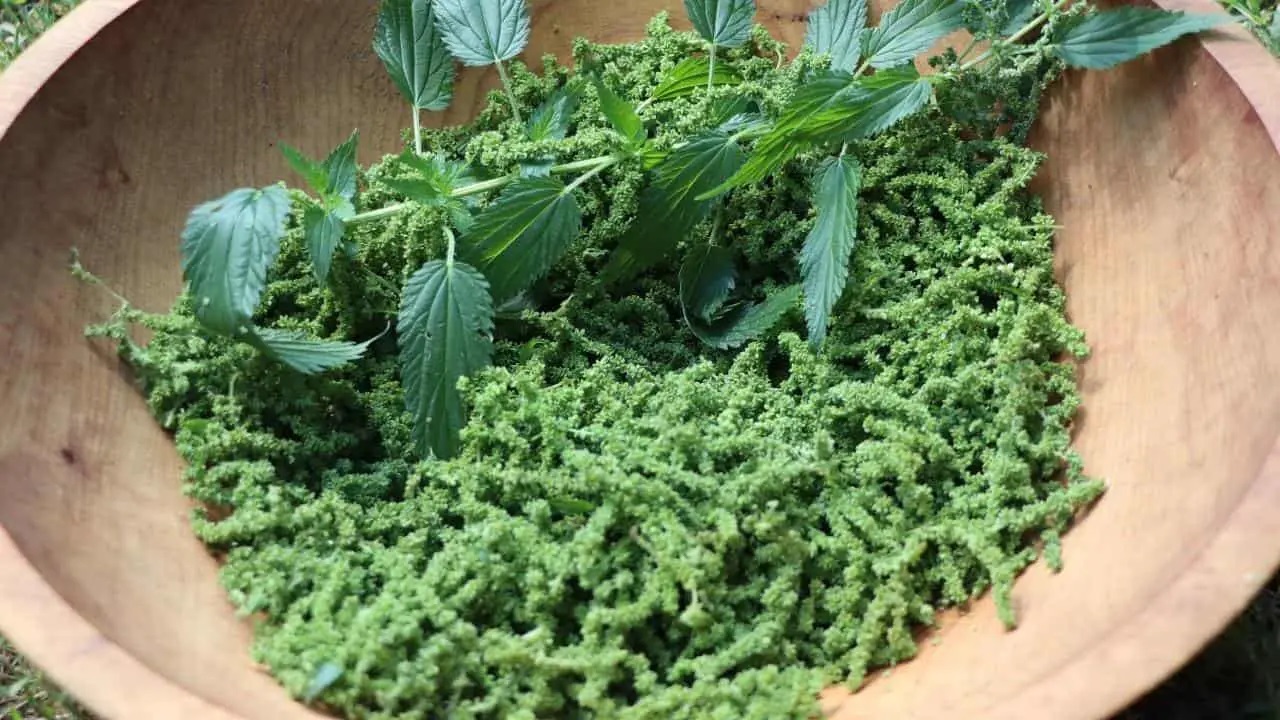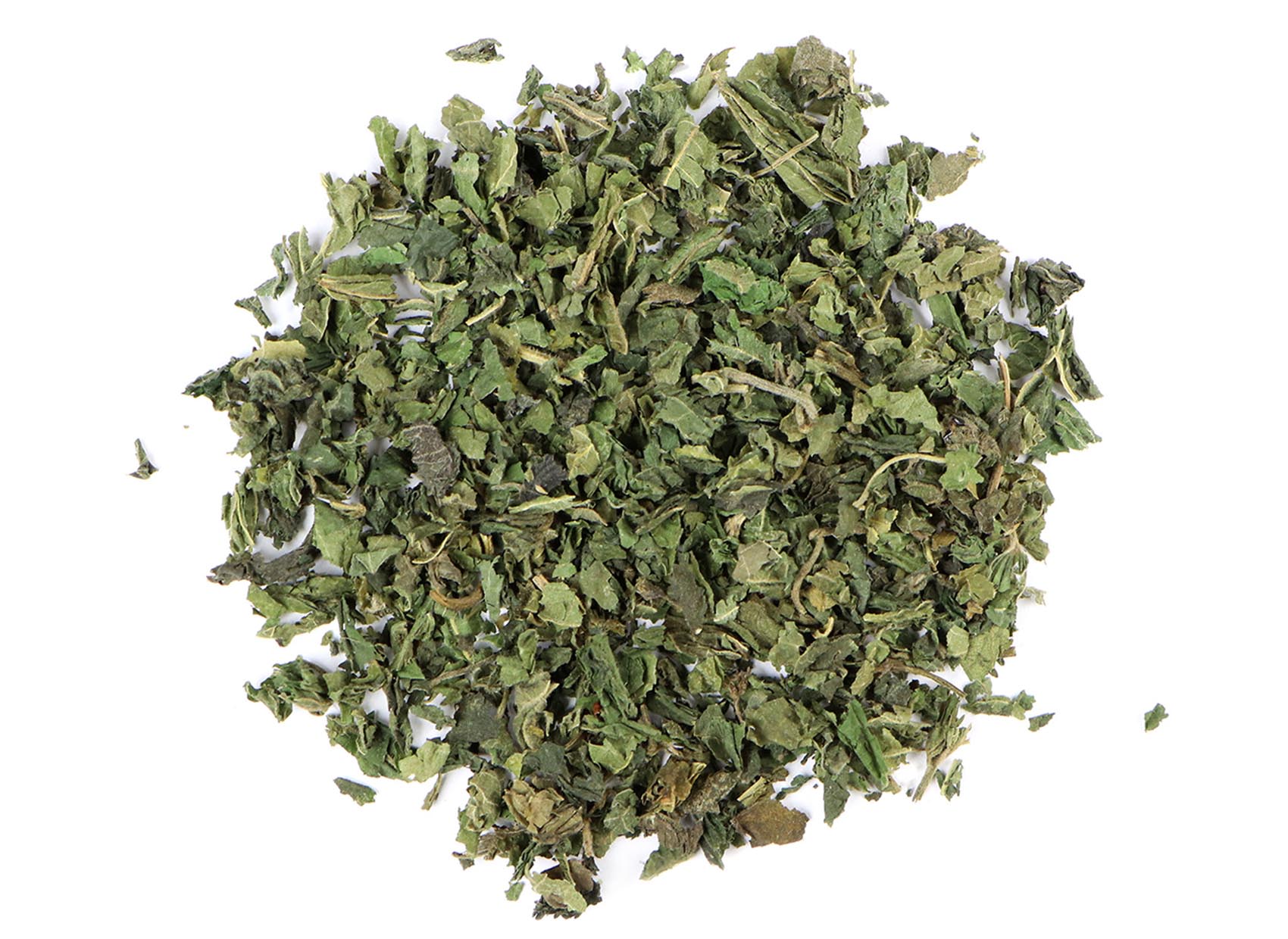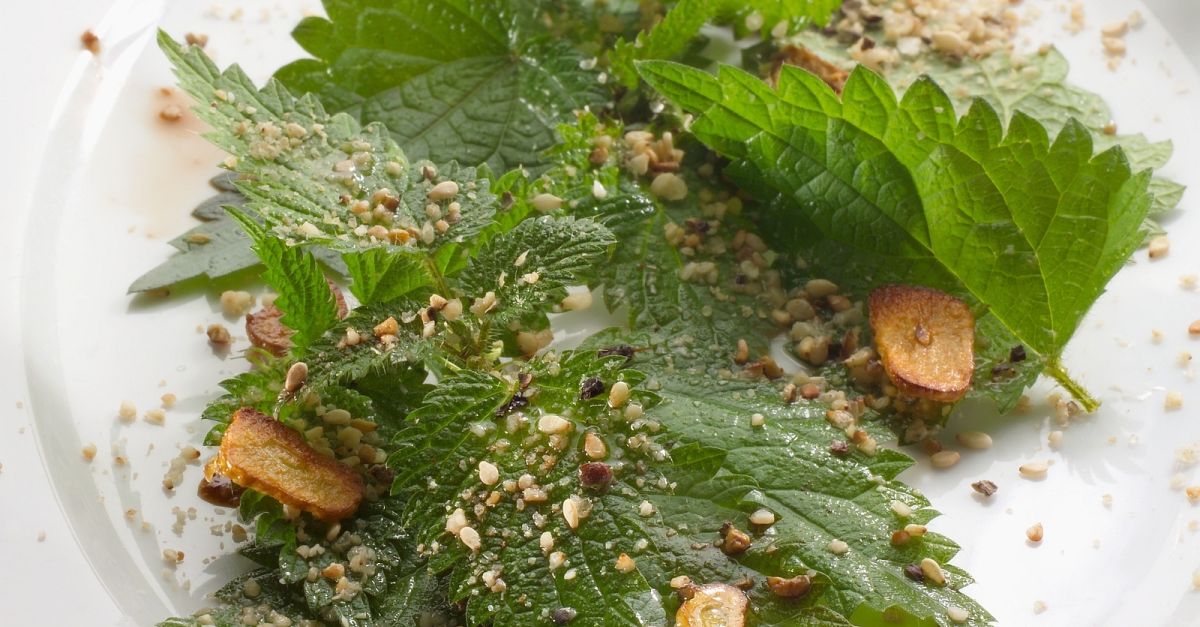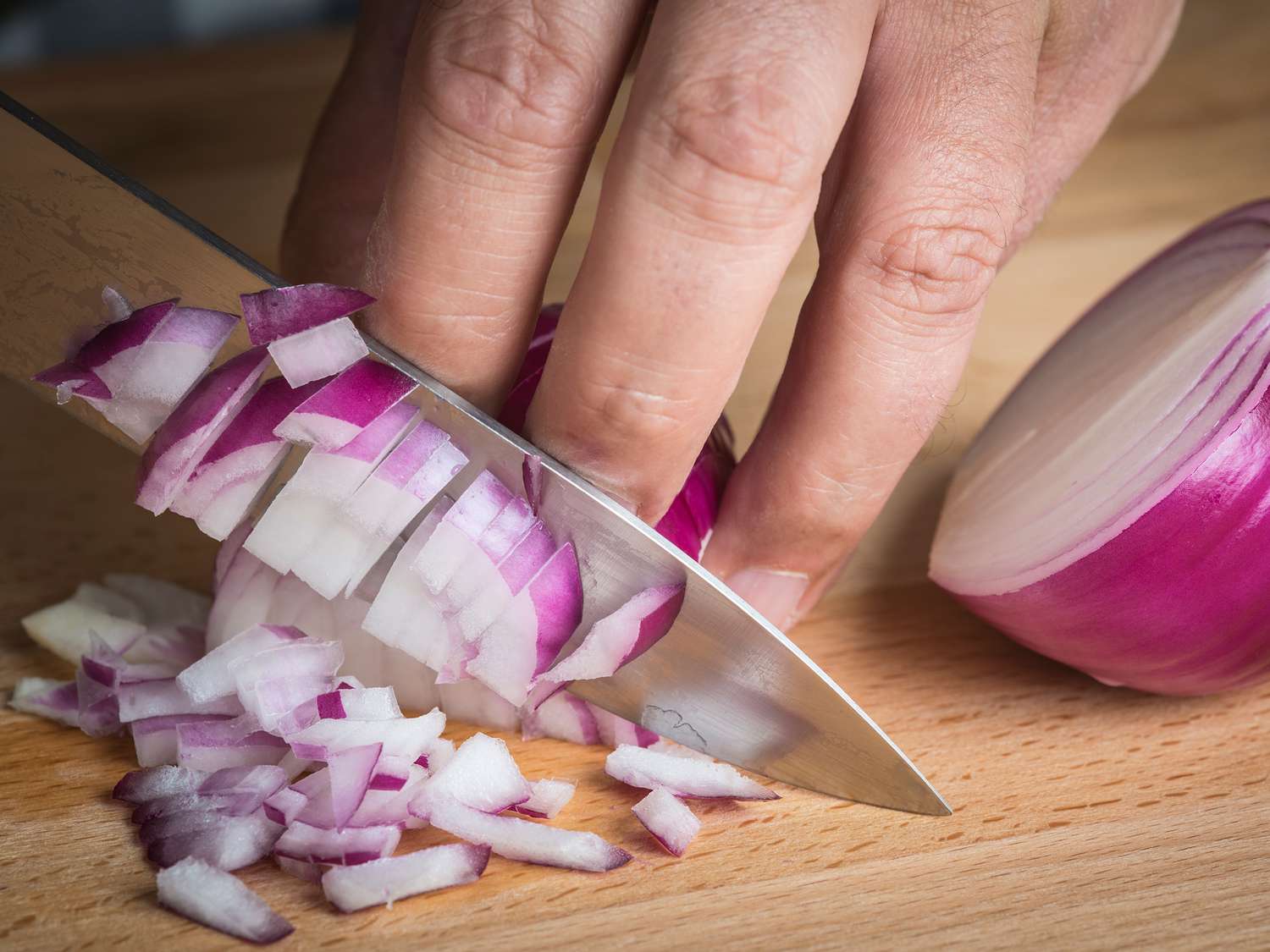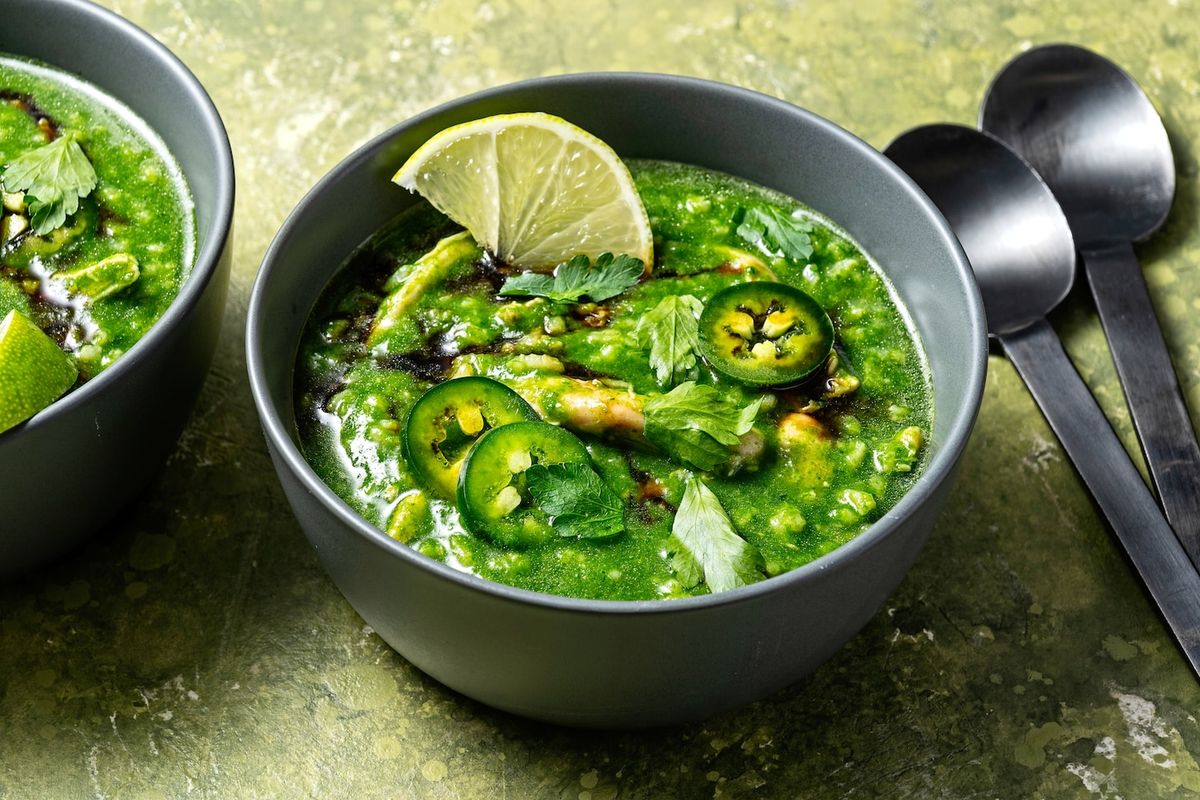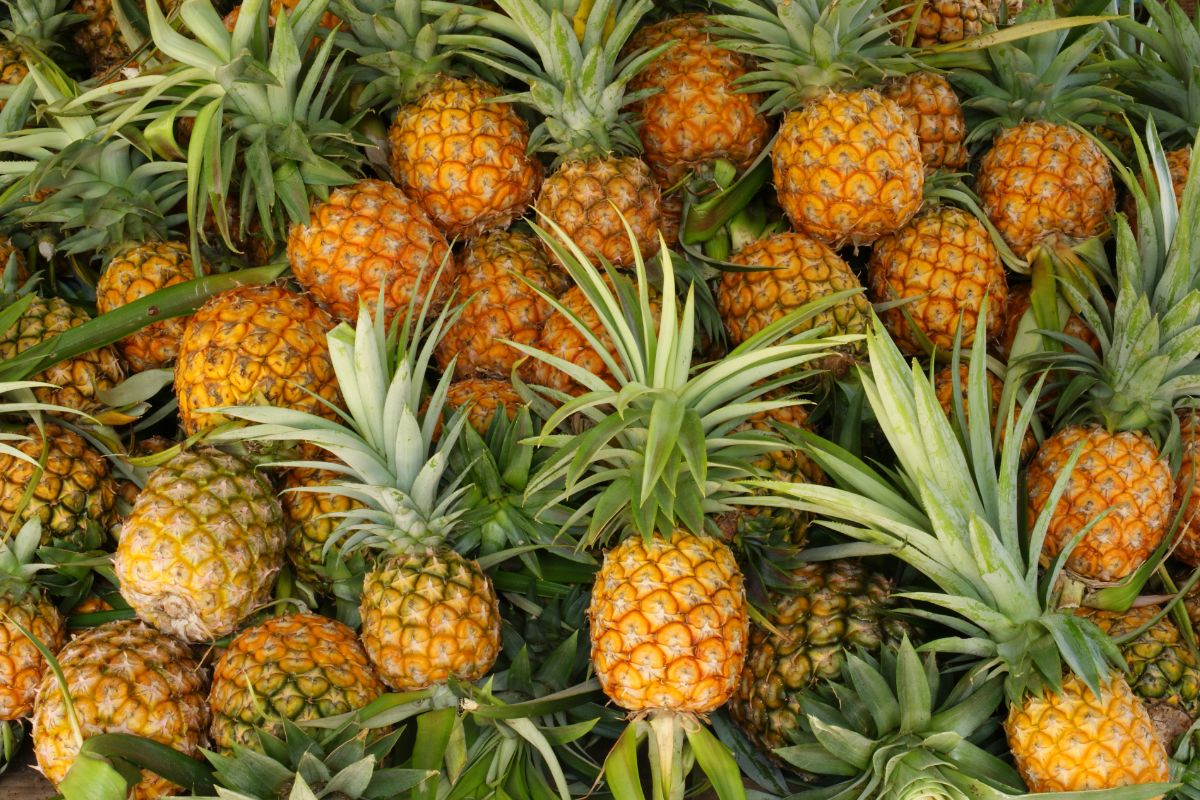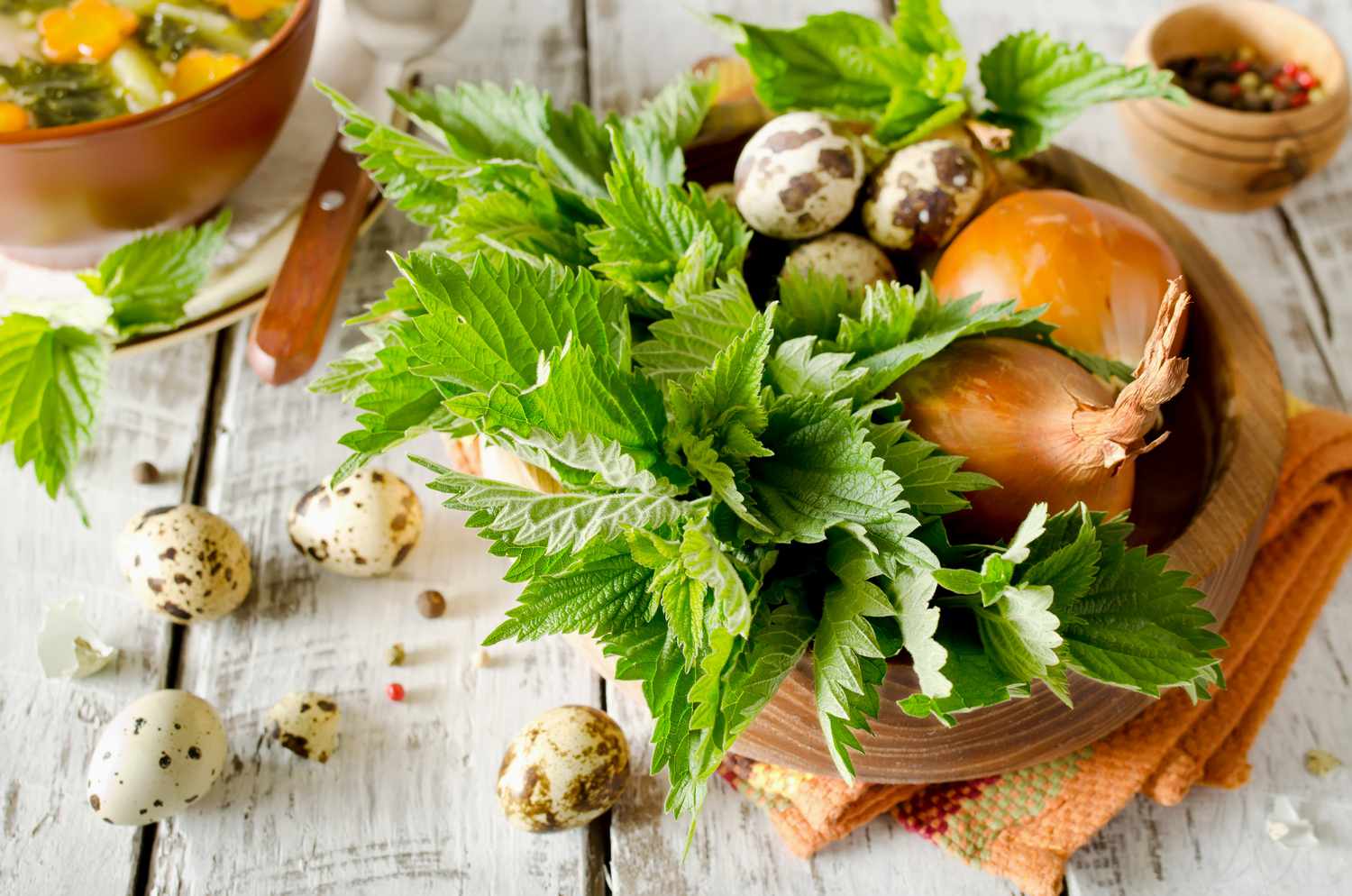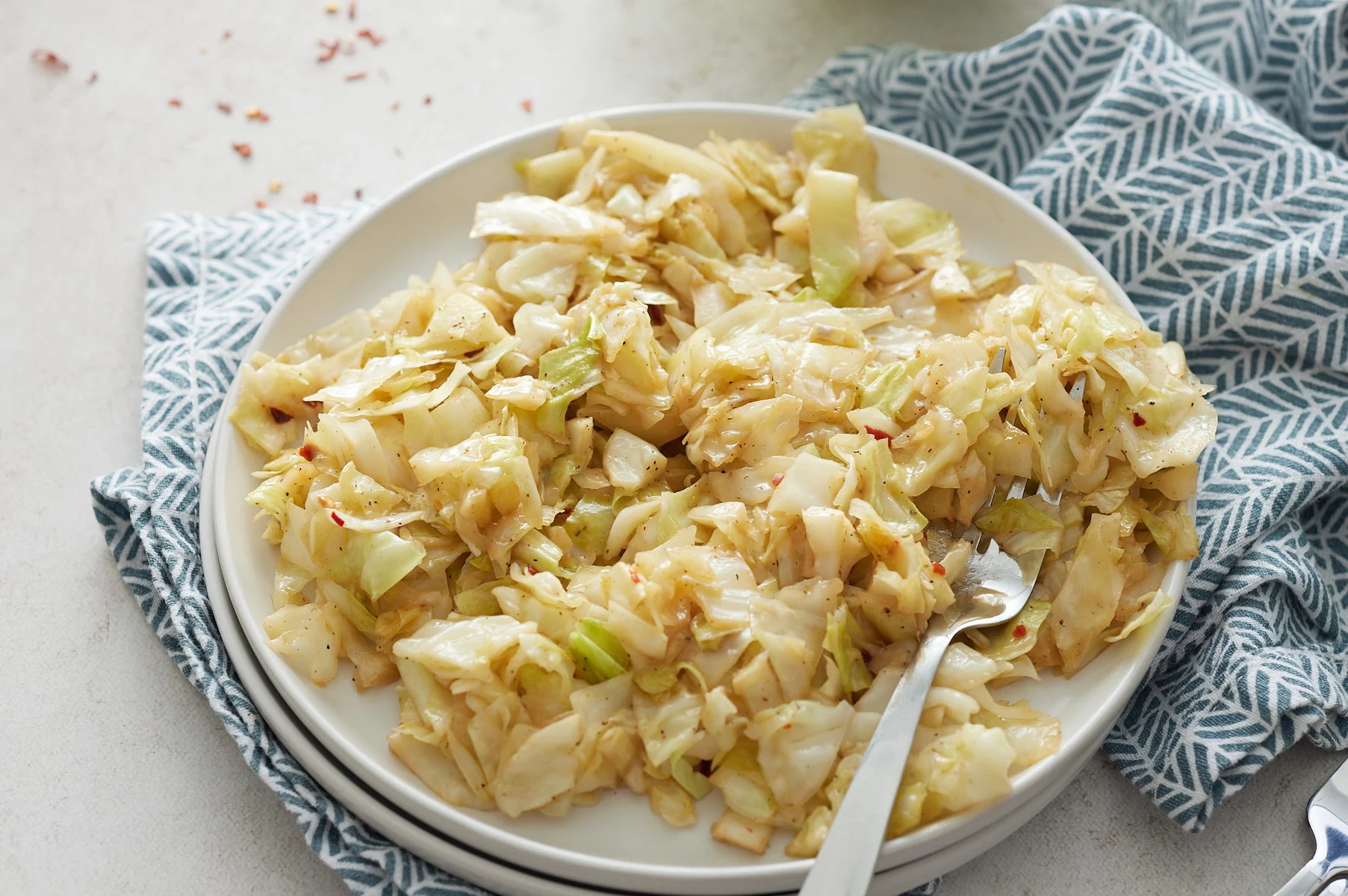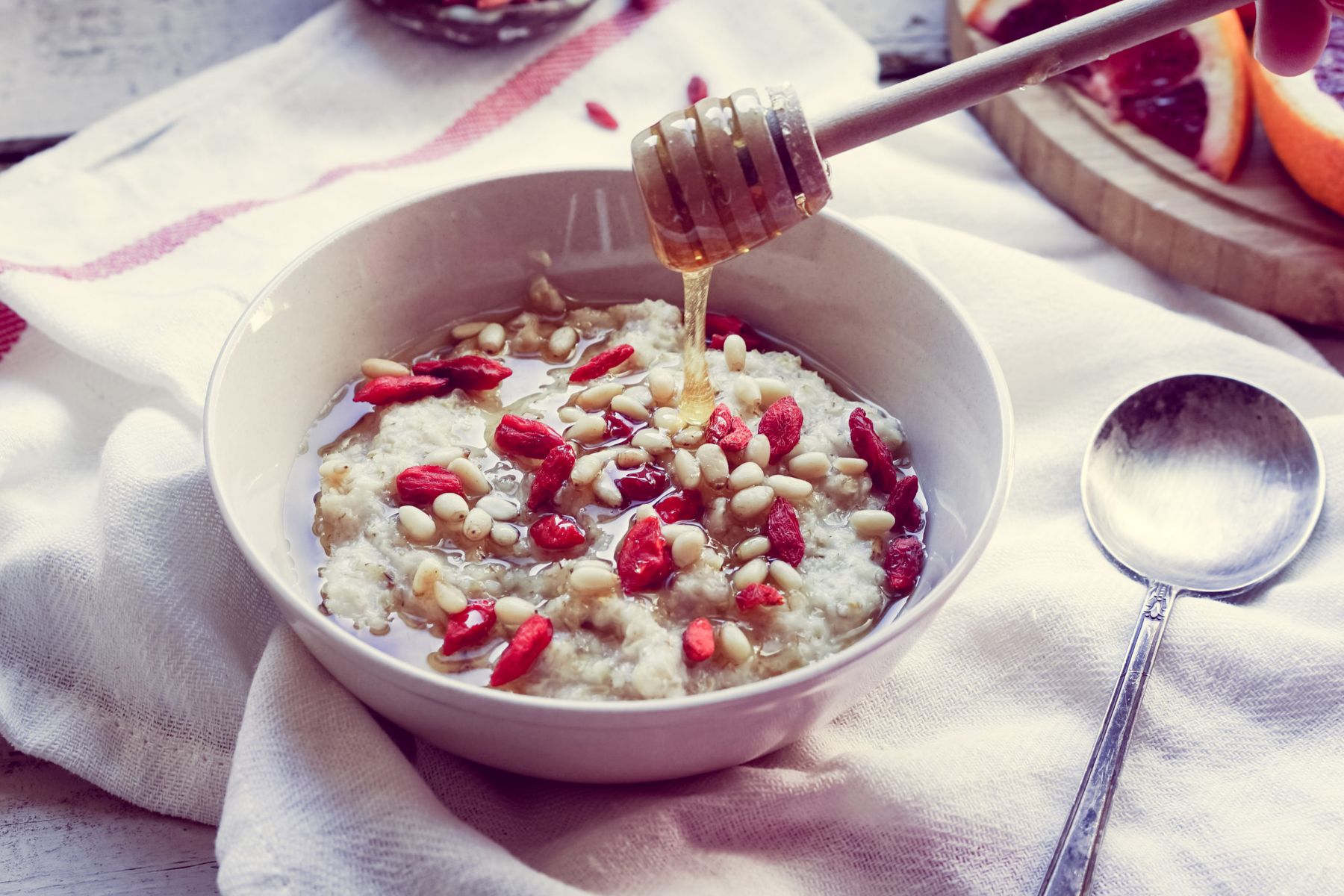What Are Stinging Nettles?
If you’ve ever come across stinging nettles while out for a walk or hike, you know that they can leave quite a sting if you accidentally brush up against them. But did you know that stinging nettles are not only edible but also incredibly nutritious? These plants are packed with vitamins, minerals, and antioxidants, making them a valuable addition to any diet. However, before you can enjoy the benefits of stinging nettles, you need to learn how to blanch them properly.
Why Blanch Stinging Nettles?
Blanching stinging nettles serves two main purposes. Firstly, it helps to neutralize the stinging hairs, making the nettles safe to handle and eat. Secondly, blanching helps to preserve the vibrant green color of the nettles and can help to reduce their bitterness. By blanching stinging nettles, you can prepare them for use in a variety of dishes, from soups and stews to pesto and pasta.
How To Blanch Stinging Nettles
Blanching stinging nettles is a simple process that requires just a few basic steps:
- Harvesting: When harvesting stinging nettles, be sure to wear gloves to protect your hands from the stinging hairs. Look for young, tender nettle leaves for the best flavor.
- Preparation: Once you have harvested your nettles, give them a good rinse to remove any dirt or debris. Remove the leaves from the stems, as the stems can be tough and fibrous.
- Boiling: Bring a pot of water to a boil and carefully add the nettle leaves. Let them boil for 1-2 minutes to neutralize the stinging hairs.
- Cooling: After boiling, immediately transfer the nettles to a bowl of ice water to stop the cooking process and preserve their bright green color.
- Draining: Once the nettles are cool, drain them well and gently squeeze out any excess water.
Using Blanched Stinging Nettles
Once you have blanched your stinging nettles, you can use them in a variety of dishes. Add them to soups and stews, blend them into a vibrant green pesto, or toss them with pasta for a nutritious and flavorful meal. Blanched stinging nettles can also be used in omelets, quiches, and even smoothies for an added nutritional boost.
Conclusion
Learning how to blanch stinging nettles opens up a world of culinary possibilities. By following a few simple steps, you can neutralize the stinging hairs and unlock the nutritional benefits of these versatile plants. Whether you forage for nettles in the wild or purchase them from a local market, blanching is the first step to incorporating stinging nettles into your cooking repertoire.
